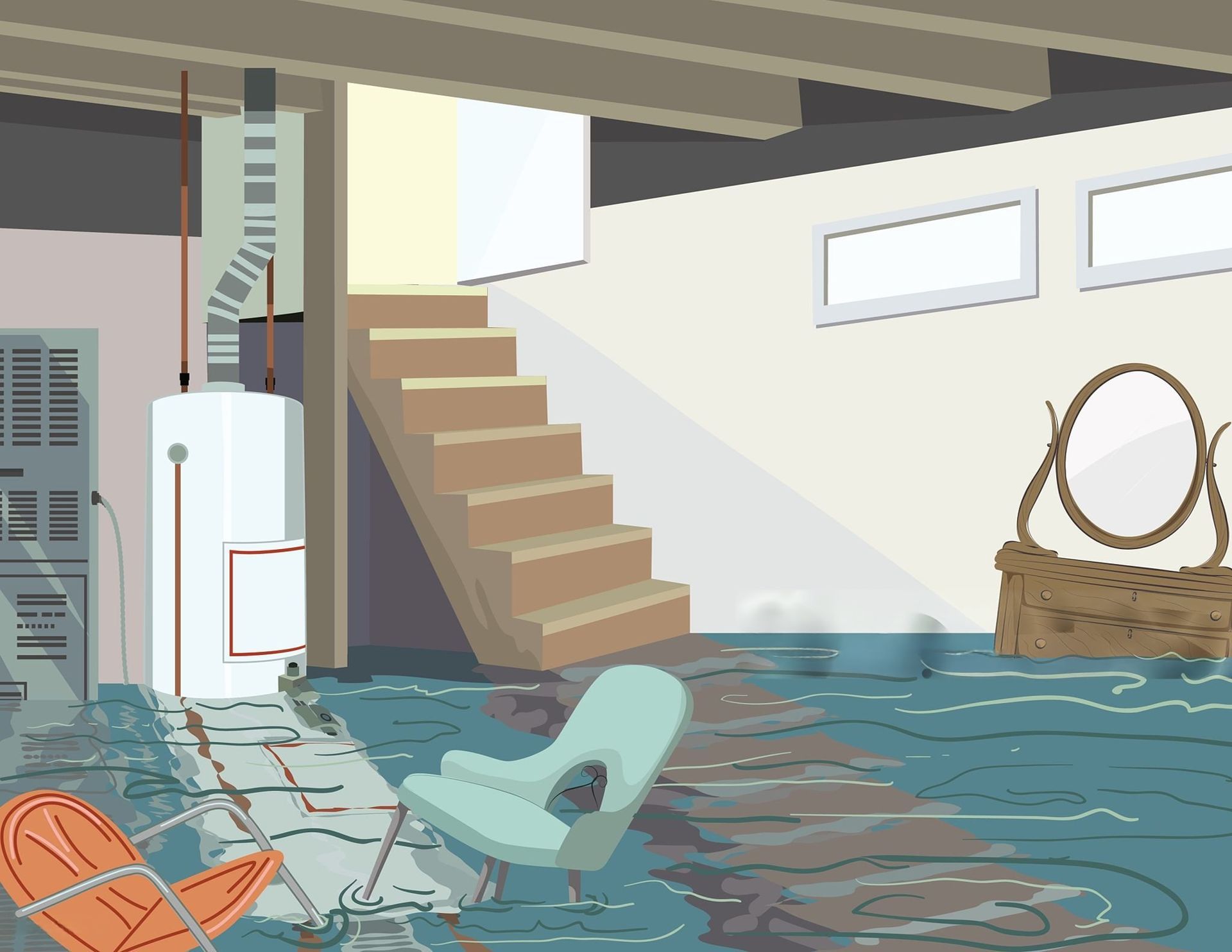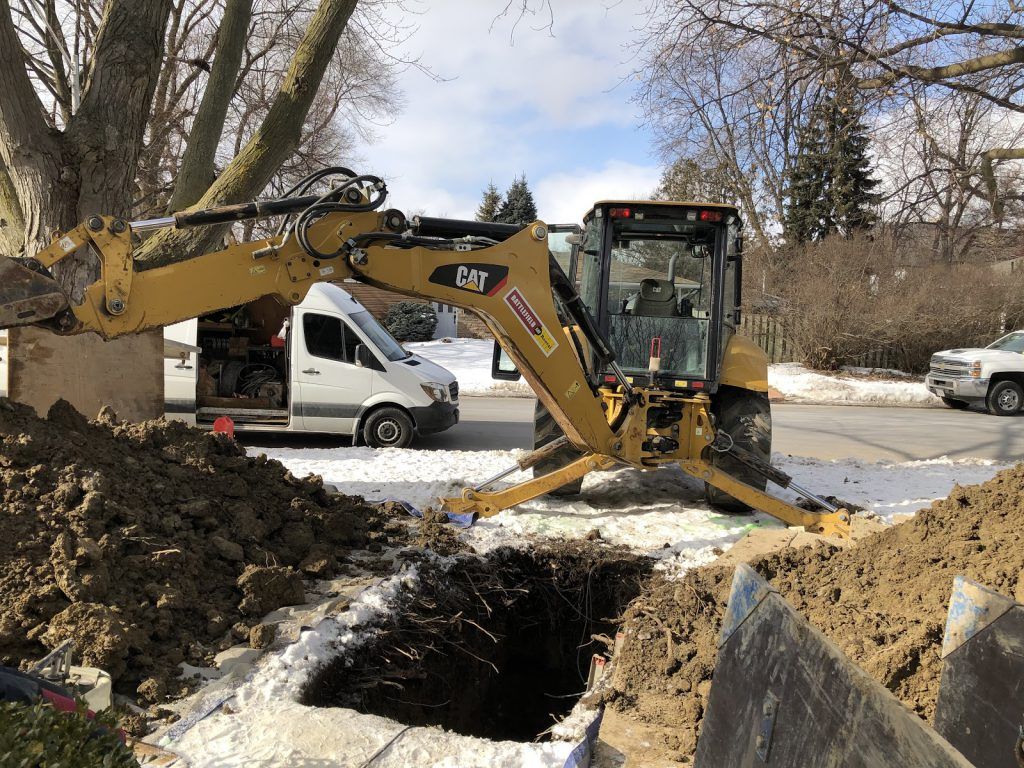Backwater Valves: Do you know the difference?
🚰 Understanding Backwater Valves: Protecting Your Home from Sewer Backups
When a major rainstorm hits, the city’s sewer and drain infrastructure can quickly become overloaded. Once the system reaches capacity, water has nowhere else to go — and can flow back into residential properties through below-grade drains.
This is where backwater valves play a critical role. These specialized plumbing devices automatically prevent sewer backups, protecting your basement from flooding, property damage, and expensive insurance claims.
In many parts of Montreal and surrounding municipalities, both insurance companies and local bylaws require backwater valve installations for certain properties. Homeowners should verify both local regulations and insurance requirements to avoid coverage issues during a claim.
💧 How Backwater Valves Work
A backwater valve is installed on the main building drain of a single family home or branch lines serving fixtures below grade (like basement floor drains, showers, or laundry sinks).
Under normal conditions, wastewater flows freely out of the home. But during a heavy rainfall or sewer surcharge, the valve automatically closes, stopping sewage and stormwater from entering your plumbing system and flooding your basement.
📝 These devices are only necessary to protect drains located below grade. Fixtures and drains above street level are not at risk from sewer backup.
🧰 Types of Backwater Valves
There are two main types of backwater valves used in residential plumbing:
1. Normally Open Backwater Valve (Mainline Type)
- Position: The valve stays open under normal conditions, allowing unrestricted flow.
- Action: During a backflow event, a flapper floats up and seals the pipe, preventing backflow.
- Use: Common in retrofit situations on the main building drain.
Pros:
- Minimal flow restriction in normal use
- Familiar and widely available
- Simple to inspect and maintain
- Meets the intent of the National Plumbing Code of Canada for effective backflow prevention.
Cons:
- The valve pit is not always perfectly sealed, which can allow groundwater or moisture to infiltrate.
- In high water table areas, this can lead to dampness or water entry through the pit.
- Often requires installing a sump pump pit nearby to manage groundwater infiltration.
- Provides less of a physical barrier when the system is not in use.
💡 Normally open valves can be an effective option, but their pit design can make them less ideal in areas with elevated groundwater or moisture concerns.
2. Normally Closed Backwater Valve
- Position: The valve remains closed under normal conditions, opening only when water flows out from the house.
- Action: Each time plumbing is used, outgoing water pressure opens the flap; between uses, the valve seals shut.
- Use: Favoured in new builds and areas with high groundwater, or where maximum protection is needed.
Pros:
- Provides a tighter, continuous seal — offering excellent protection against both sewer backup and groundwater infiltration.
- Ideal for high water table regions where open valves may let in moisture.
- Reduces the risk of infiltration through the valve pit.
- Meets the intent of the National Plumbing Code of Canada for effective backflow prevention.
Cons:
- Slightly more flow restriction during discharge.
- Requires proper installation and occasional maintenance to ensure smooth operation.
🏆 Normally closed valves are often the preferred choice in modern installations, especially in Montreal’s variable water table conditions. They offer superior sealing and more robust protection for below-grade fixtures.
🏠 Why Backwater Valves Matter for Montreal Homeowners
In many parts of Montreal and surrounding areas, municipal bylaws and insurance companies increasingly require backwater valve installations for homes with below-grade plumbing fixtures.
- Some cities offer rebate or subsidy programs to encourage installation.
- Insurance providers may deny sewer backup claims if a required valve is not present.
- Homeowners should check municipal bylaws and speak with their insurance provider to understand their specific obligations.
📌 Consult both your municipality and your insurance company to confirm requirements before installing.
🌊 Addressing Groundwater Infiltration
For normally open valves, a common issue is that the access pit can act as a weak point for groundwater infiltration. In areas with high water tables, adding a sump pump pit nearby is strongly recommended to manage moisture that can collect around the valve.
Normally closed valves, by contrast, provide a tighter seal, significantly reducing this risk.
📝 Final Thoughts
Backwater valves are a critical line of defense against sewer backups caused by overloaded municipal systems during heavy rains.
While both normally open and normally closed valves have their place, normally closed valves typically offer the best protection — especially for below-grade drains in high water table regions like parts of Montreal.
Work with a licensed plumber to determine the best type for your property. Installation must follow the National Plumbing Code of Canada, local bylaws, and insurance requirements to ensure coverage and safety.





